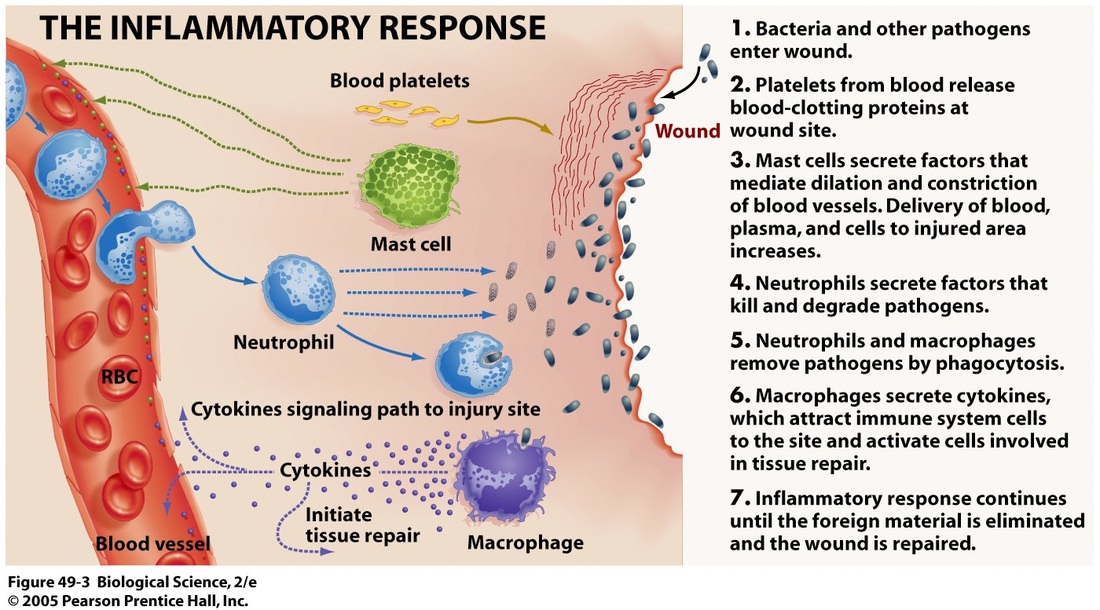How the Immune System Responds to Flu Symptoms

If you’ve been diagnosed with the flu, the first thing to do is to take your medicine as soon as possible. The symptoms of the flu include a headache, muscle soreness, stuffy nose, dry cough, sore throat, and fatigue. They can last up to two weeks, and some people are hospitalized if they’re particularly sick. Children and pregnant women are at higher risk of getting the flu than others. Health care workers are also at risk of spreading the virus and getting sick themselves.
The immune system has several components that respond to the virus. The first response involves the innate immune system. Cells that express receptors for the influenza virus sound the alarm by producing hormone-like molecules, called cytokines and chemokines. These cells then send signals to the rest of the body that an infection has occurred. The flu can make chronic medical problems worse. The immune response is the most important part of the process, and should be taken seriously.
The flu is contagious and should be treated as soon as you notice symptoms. The best course of treatment is symptomatic. You should stay home to limit the spread of the virus and to keep your infection as short as possible. Fortunately, you don’t have to stay home for several days if you have the cold. However, you should seek medical care if you experience any deterioration of your condition or if you start to feel feverish or develop other flu-like symptoms.
Initial flu symptoms are usually mild and transient. They are often accompanied by a runny nose and sore throat. Some children have a fever and sinus infection, but this does not mean that the child is contagious. If you are unsure, contact your doctor and visit the site https://www.culturademocratica.org/
as soon as possible. The sooner you seek treatment, the better. Your child’s health will be a priority during the illness.
If you have been diagnosed with the flu, you should avoid contact with people who are sick. Flu symptoms will be similar to those of other illnesses, but some may be more severe. The influenza virus causes a strong inflammatory response in the body. Symptomatic treatment is the most appropriate option for a flu patient. Contact with other people should be avoided for the first few days to avoid spreading the infection.
Although flu symptoms are mostly asymptomatic, you should avoid touching people who are sick. Infections can lead to various complications, including ear and sinus infections. Other more serious complications include inflammation of the heart, lungs, and muscle tissue. Regardless of the type of flu, you should avoid contact with other people while you are contagious. When you are sick, it is important to stay at home until your symptoms are gone.
A flu virus infection triggers an immune response that causes symptoms, including fever, sore throat, and chest pain. A patient’s body produces antibodies that fight the virus by triggering an inflammatory response. This is the most common way to get the flu. It also triggers an inflammatory response in the body. If the immune system is weak, it can cause severe problems. If you’re not feeling well, you should stay home and monitor your health.
The first stage of the flu is not fatal. In fact, the symptoms are caused by an immune response to the virus, which can make you feel miserable. In the first stage, your immune system responds by producing hormone-like molecules called cytokines and chemokines. These molecules alert the body to the presence of the virus and alert the body of its danger. When the symptoms of the flu are severe, it can lead to a hospitalization or even death.
The flu is easily transmitted from person to person, and can be transmitted from six feet away by coughing, sneezing, and talking. It can also be spread from surfaces. Therefore, it is important to stay home when you’re contagious. It’s recommended to stay in bed until your temperature is down to normal, but if you’re not feeling well, it’s best to stay in bed and rest.